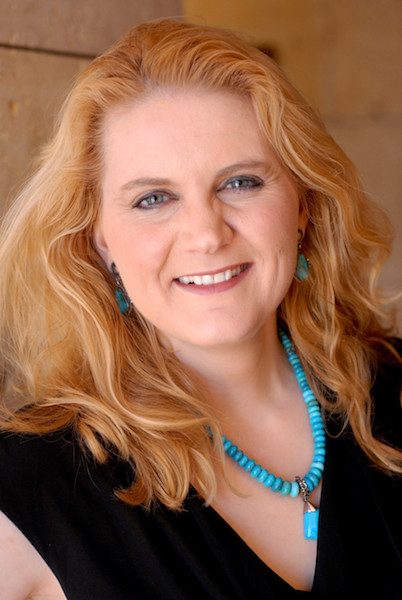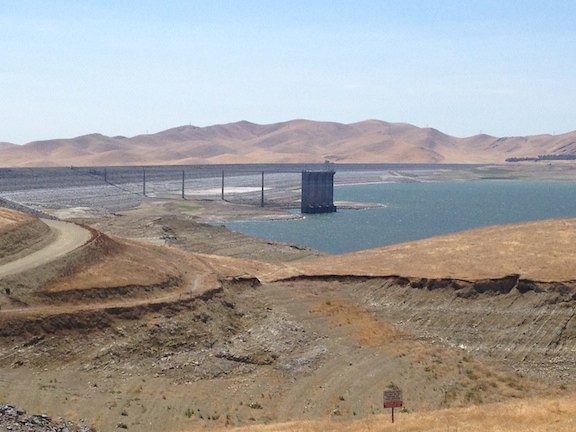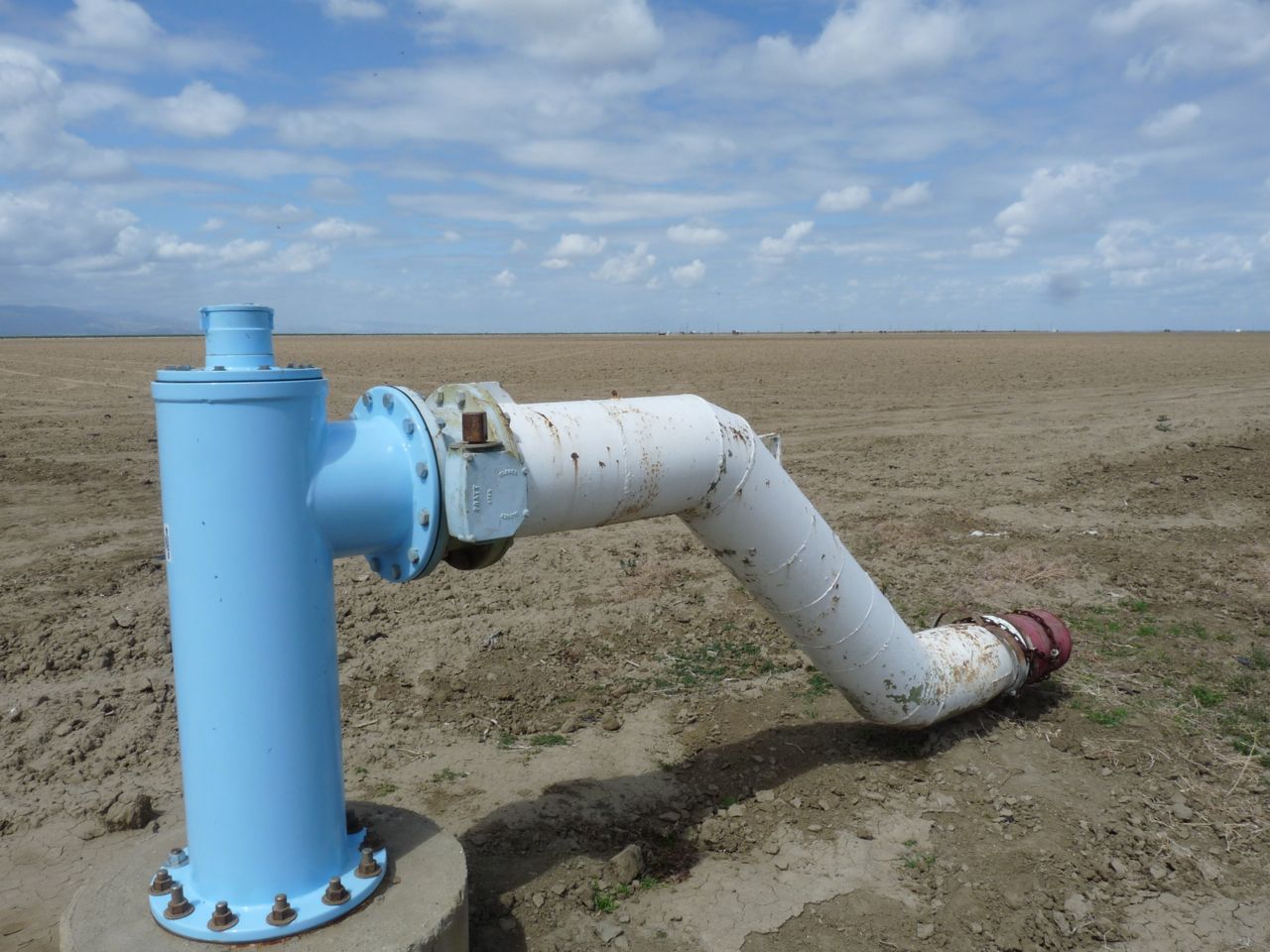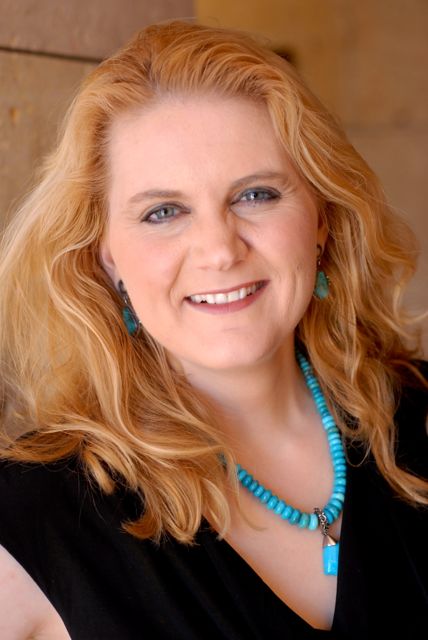California FSA Offices Reopen for Farm Loan Program Service
Offices Will Open Temporarily for Farm Loan Program
Message from USDA Farm Service Agency State Executive Director Aubrey J. D. Bettencourt:
U.S. Secretary of Agriculture Sonny Perdue today announced that many Farm Service Agency (FSA) offices will reopen temporarily in the coming days to perform certain limited services for farmers and ranchers. [CLICK HERE to read official press release.] The following California FSA Offices will be open for Farm Loan Program Service only January 17th, 18th, and 22nd from 8am-4:30pm.
| California | Bakersfield Service Center | 5080 California Ave, Suite 150, Bakersfield, CA | (661) 336-0967 |
| California | Merced Service Center | 2926 G Street, Suite 103, Merced, CA 95342 | (209) 722-4119 |
| California | Modesto Service Center | 3800 Cornucopia Way STE E, Modesto, CA | (209) 491-9320 |
| California | Redding Service Center | 3644 Avtech Pkwy, Redding, CA 96002 | (530) 226-2568 |
| California | Salinas Service Center | 744 La Guardia St Bldg A, Salinas, CA 93907 | (831) 424-1036 |
| California | Santa Maria Service Center | 920 E Stowell Rd, Santa Maria, CA 93455 | (805) 928-9269 |
| California | Stockton Service Center | 7585 S. Longe Street, Stockton, CA 95209 | (209) 337-2124 |
| California | Ukiah Service Center | 1252 Airport Park Blvd STE B1, Ukiah, CA 95483 | (707) 468-9223 |
| California | Willows Service Center | 132 N Enright Ave, Willows, CA 95988 | (530) 934-4601 |
| California | Yreka Service Center | 215 Executive CT STE A, Yreka, CA 96099 | (530) 842-6123 |
| California | Yuba City Service Center | 1521 Butte House Rd STE B, Yuba, City, CA 95994 | (530) 671-0850 |
Farm Loan Program services available include Processing Payments made on or before Dec. 31, 2018, Continuing Expiring Financing Statements, and Responding to General Loan Inquires. Producers are encouraged to call their nearest FSA Farm Loan Program Service Center listed above with any questions.
Farm Program services, such as MFP, will not be administered at this time. However, due to the extension previously granted on MFP, I’d encourage your producers to email their applications to their FSA county directors, whose contact can be found here. MFP applications will be processed as soon as normal operations resume upon conclusion of the shutdown. Producers who already applied for MFP and certified their 2018 production by December 28, 2018 should have already received their payments.
In California, USDA County Service Centers NRCS offices are open daily. Any NRCS inquires or business, producers can call or visit their county NRCS service center.
Please let me know if you or your members require any further information or clarification. I’m here to help however I can.
Aubrey.Bettencourt@CA.USDA.GOV (O) 530.792.5540 (C) 530.219.8634





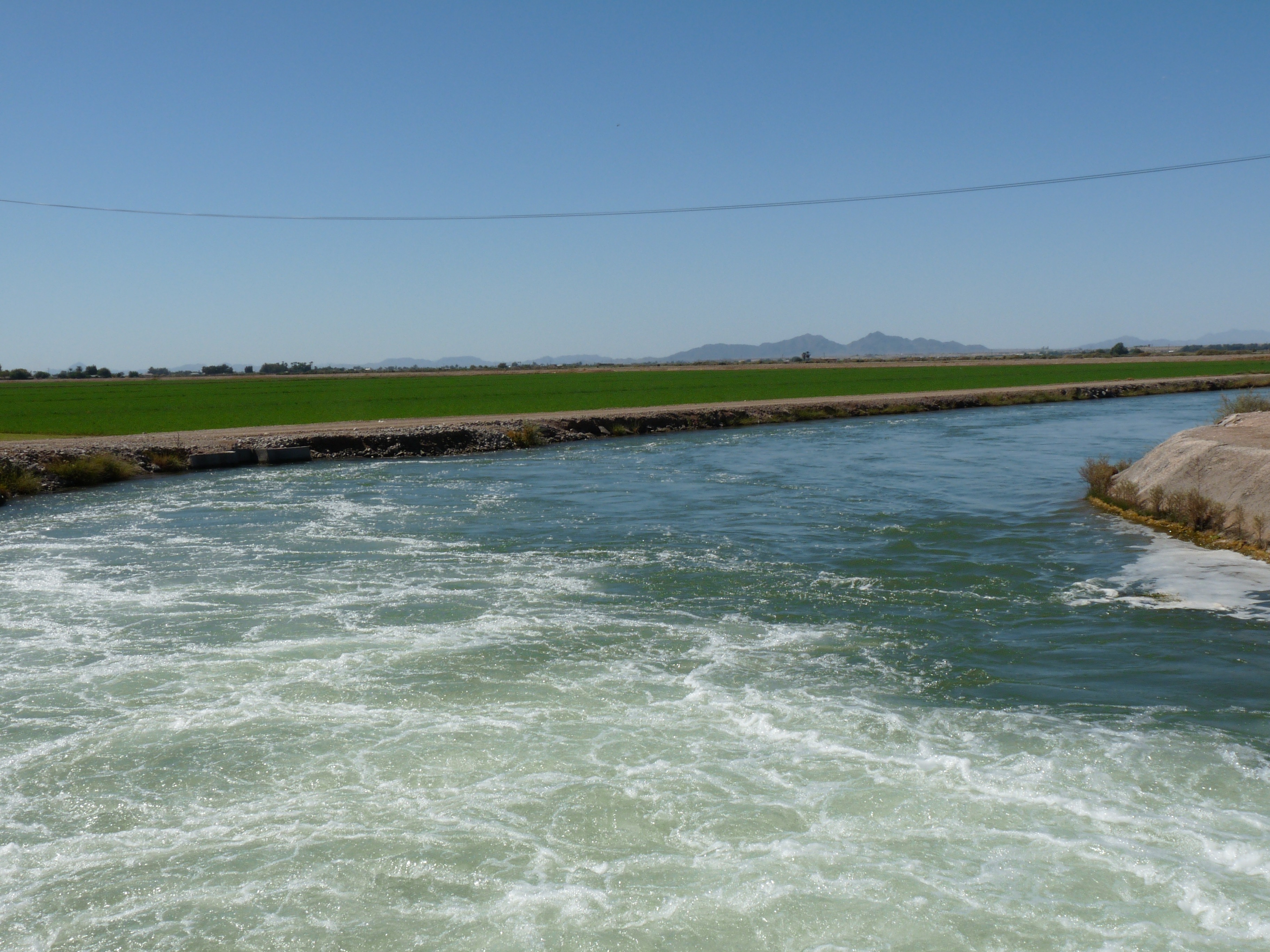




 The mid-term election without a presidential election can also create a less expensive election with fewer initiatives. And with Governor Brown a lame duck in his last year as governor in 2018, he may be less inclined or he may lack fundraising capacity and resources to fight our initiative. Some Democratic candidates for his seat are already declared opponents of High-Speed Rail, so that would also help.
The mid-term election without a presidential election can also create a less expensive election with fewer initiatives. And with Governor Brown a lame duck in his last year as governor in 2018, he may be less inclined or he may lack fundraising capacity and resources to fight our initiative. Some Democratic candidates for his seat are already declared opponents of High-Speed Rail, so that would also help.